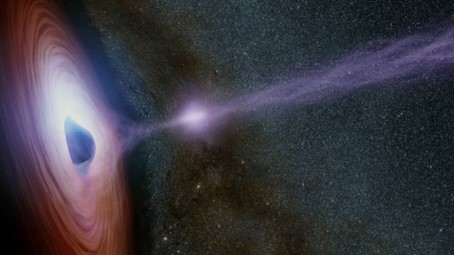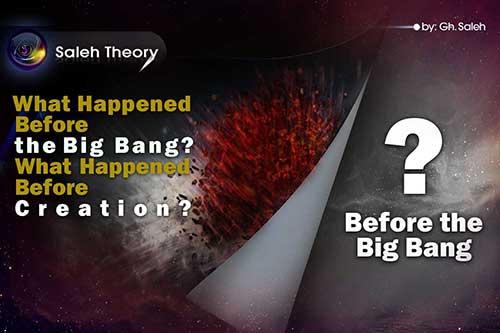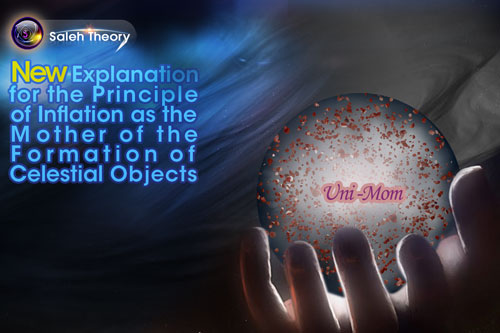
A New Explanation for Black Holes and White Holes
Black holes can be formed through two possible processes: the explosion of the Big Bang or the death of stars with sufficient mass. As a result of the explosion of a star, an impact is created and the released energy throws out the electrons of star's atoms. As a result, a collection of protons and neutrons accumulates at its center and creates a dense mass known as a black hole. In fact, the central structure of black holes consists of a collection of protons and neutrons, while their outer structure can be a sea of electrons.[1]
In simple terms, black holes can be thought of as cosmic devourers that absorb everything in their vicinity, including stars, particles, etc. Since “for every action in nature there is an equal and opposite reaction”, the process of absorption on the one side creates a definite possibility of the output on the other side. Heavier particles such as protons and neutrons remain in the center of the black hole, while other particles like electrons and photons are exited from the other side. This escaping phenomenon of particles from a black hole is known as a white hole. In fact, the balance of absorption and expulsion reactions creates stability and order within the black hole, ensuring its longevity and structural integrity. Considering that this is the natural structure of a black hole, a certain percentage of what it absorbs is ejected. Approximately 40% of the output consists of photons, 30% electrons, and a few amount of protons and neutrons.

Result:
If we consider a structure for a black hole, a white hole can be seen as an inherent part of it.
References:
[1]Saleh, Gh., “The New Structure for Black Holes and their Nature”, vol. 89, 2022.
Articles




